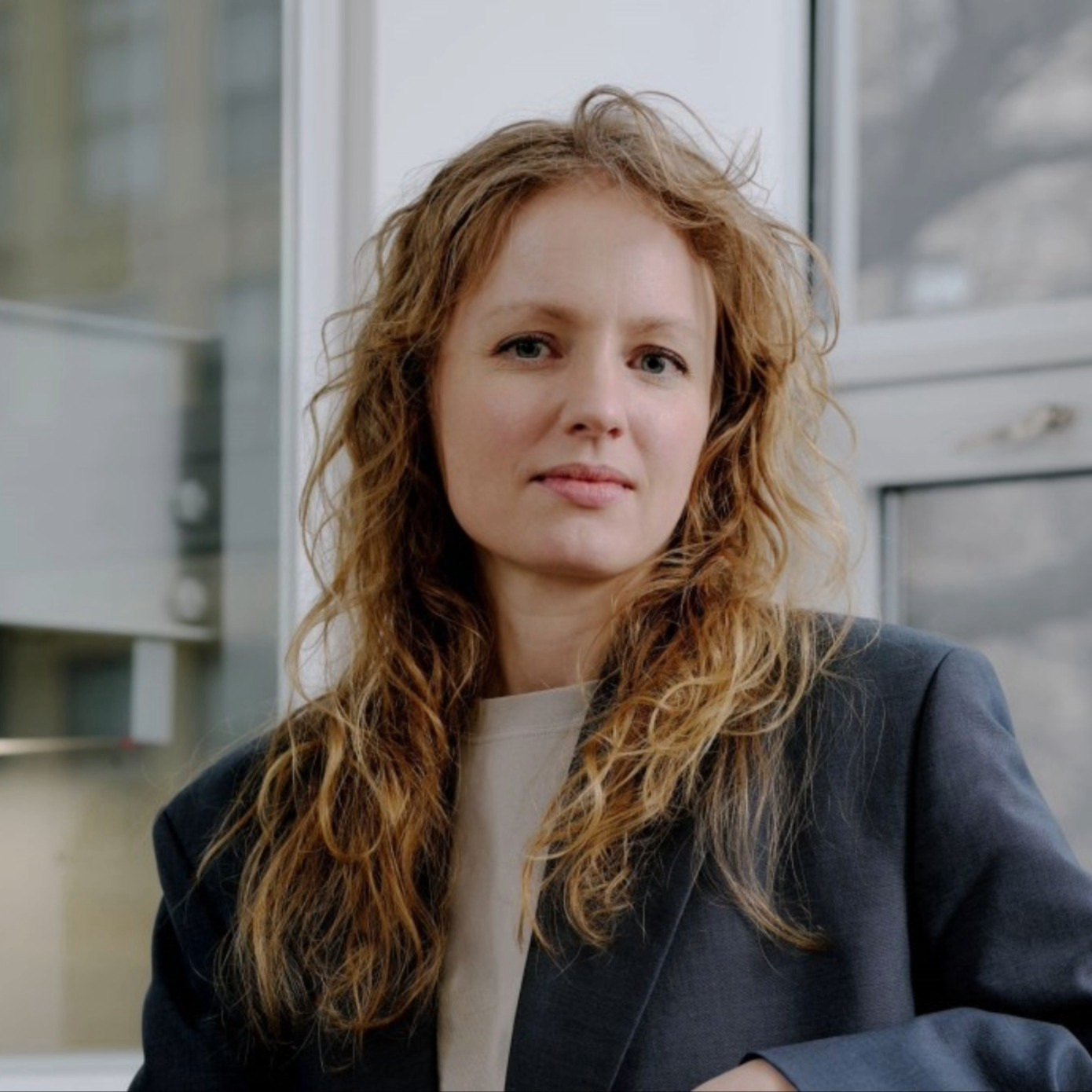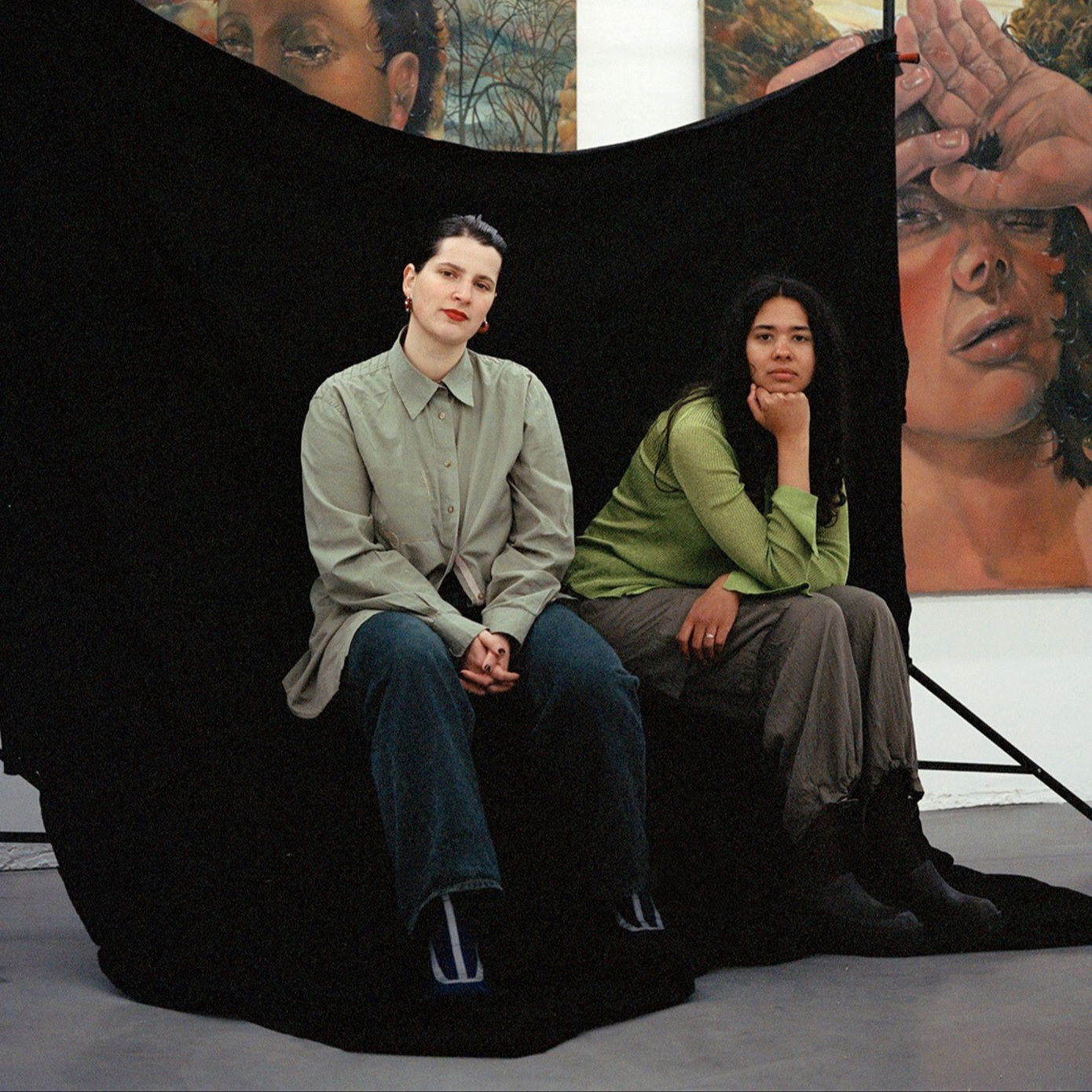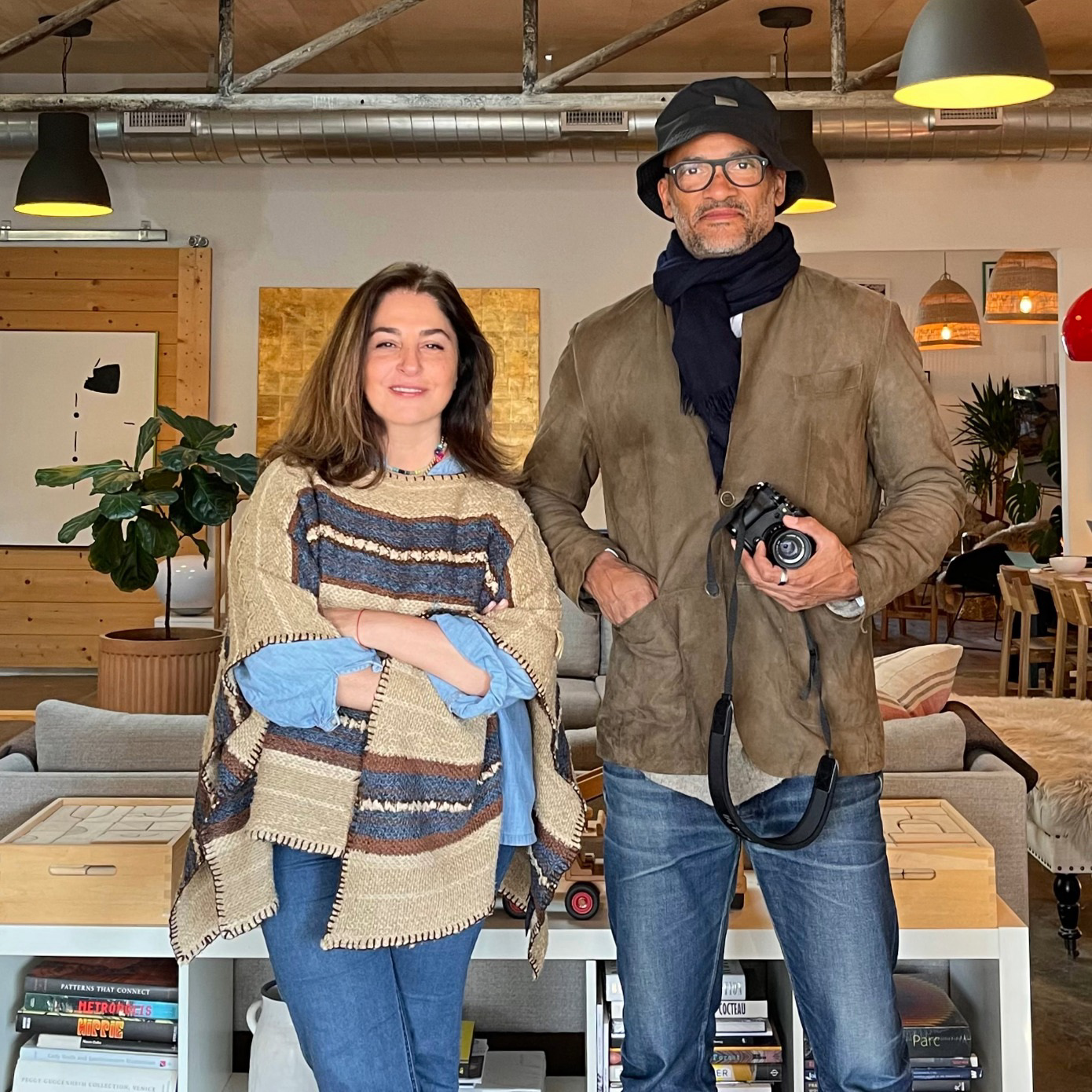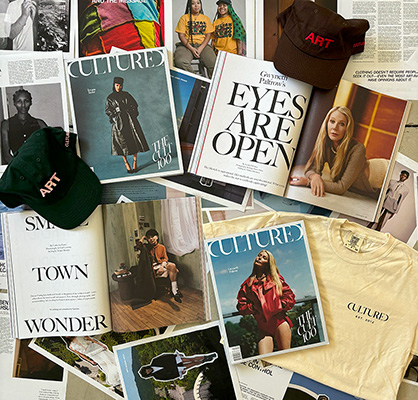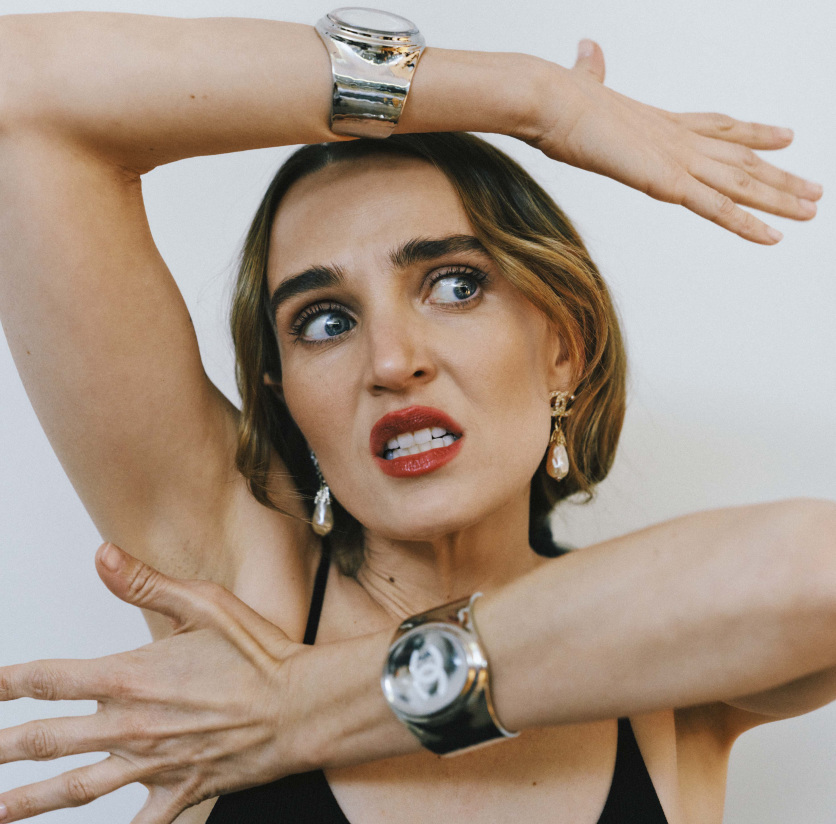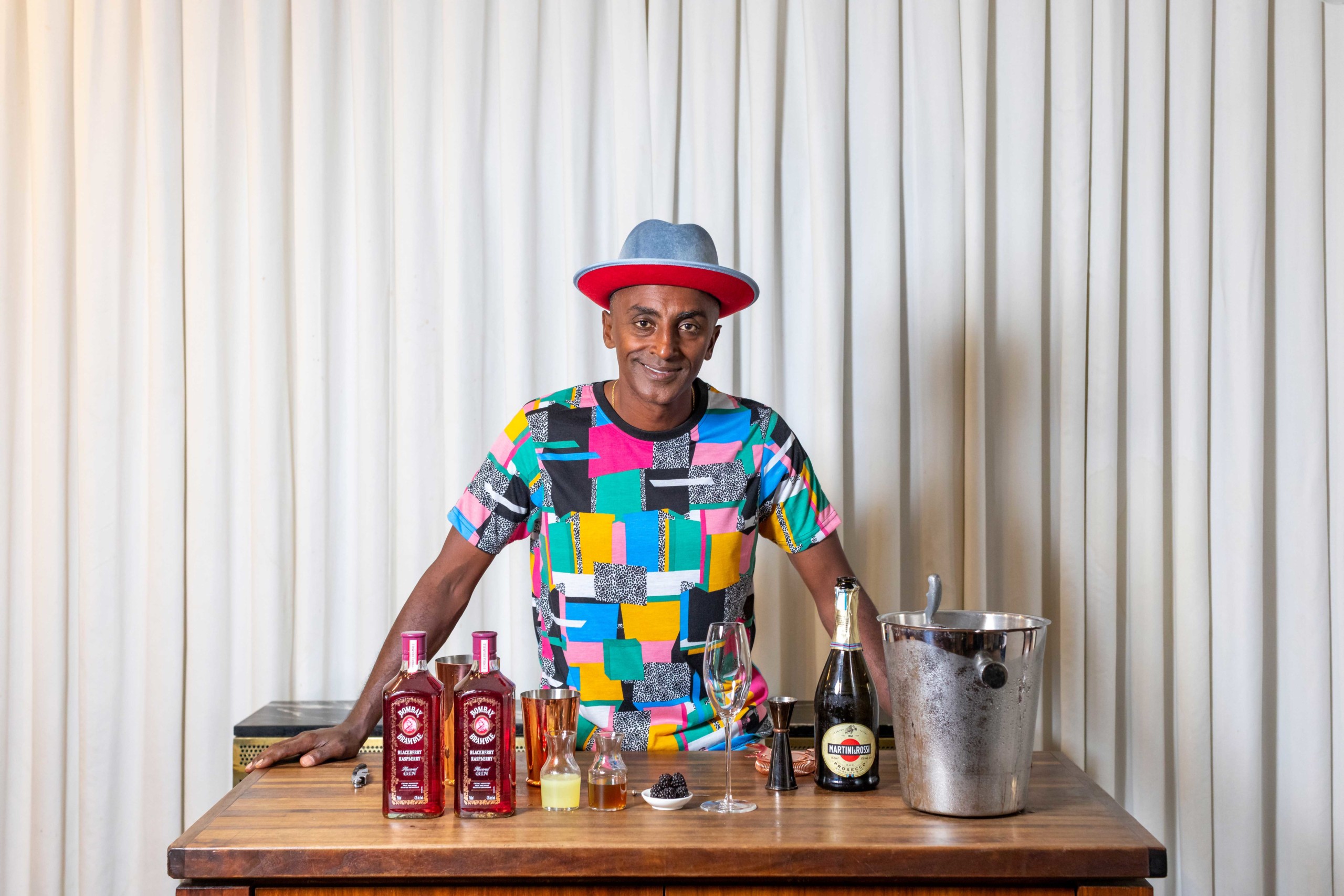
This summer, New York is coming alive again—and Red Rooster chef Marcus Samuelsson is deep in the folds of the city’s renaissance. A fixture in the Harlem food scene, and with restaurants worldwide, the chef, too, has long supported the arts. A collector himself, his Red Rooster eateries in New York and Miami are hung with works by some of the canon’s most important Black artists, from Gordon Parks to Sanford Biggers.
Now, Samuelsson’s new summer collaboration with Bombay Bramble, which included a series of virtual culinary classes by the chef and three other renowned Black peers, culminates in the transformation of outdoor billboard spaces into rich artworks by New York native artists Cey Adams and Dianne Smith next month. Despite our tumultuous and uncertain times, artists have, often prolifically, persevered in the pandemic and the output is as exciting as ever before. Honoring the tragedy of the past year and a half while contributing to the preservation of this creative future, Chef Samuelsson is continuing to uplift Black voices in art.
Liza Mullett: What prompted you to incorporate artists into this culinary series with Bombay Bramble? How does art intersect with your work as a chef?
Marcus Samuelsson: Red Rooster really is built on four pillars of African American culture: food, hospitality, music, and art. As you enter our restaurant, the experience I wanted to build is all around art, music, hospitality and food. And in that work, I got to know some of the most amazing artists in the world. So to be able to be a curator for Bombay in this project, to be able to point out some incredible artists like Dianne Smith, Cey Adams—but even the chefs, we are part craftspeople and part artists. We think very creatively. So even pointing at the young chefs that are part of this, Tristen Epps, Joseph Johnson and Adrienne Cheatham, it's been a lot of fun.
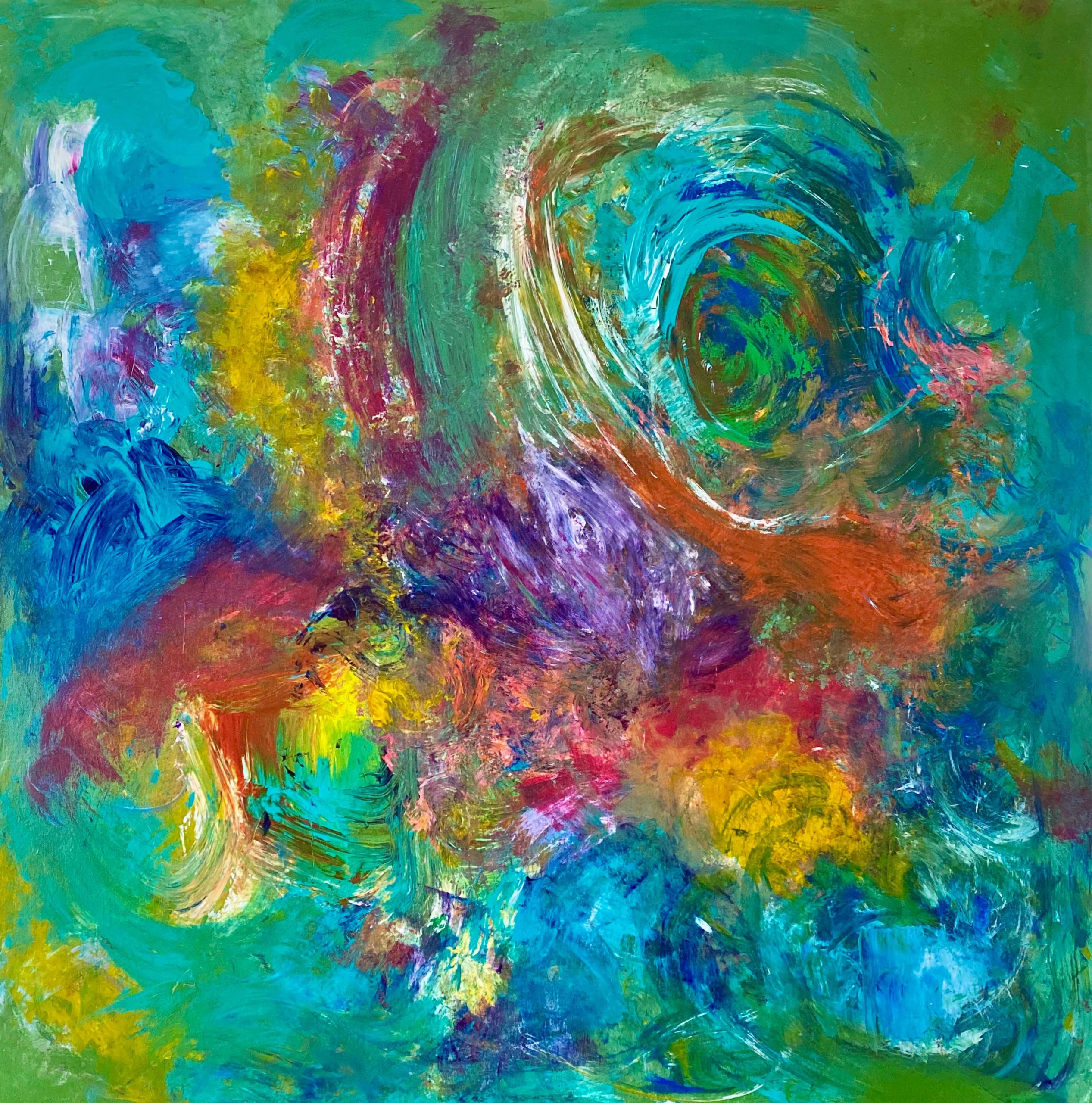
LM: did you choose the two artists that you wanted to collaborate with for this billboard project?
MS: Cey Adams is an artist that I've worked with a lot. He’s an incredible artist in the street space, translating what's going on in the community onto walls and onto canvas, whether that's graffiti or traditional painting. I felt like he's a perfect fit. And Dianne, she's a friend and is part of our team at Red Rooster. Especially last summer during the Black Lives Matter movement, she was the main force for a lot of outdoor art symbols and the artistry that was done in Harlem. Working with Dianne, you learn something, but it's always an amazing experience.
LM: Could you tell us about the artworks that are being created?
MS: Harlem is such a vibrant community in general. Walk in Harlem and you find beautiful murals, you find the graffiti, and we are super excited about adding to the outdoor art that is only in Harlem. Community is art; they’re one in the same. So we’re just really excited about adding a Cey piece, adding a Dianne piece to the landscape of Harlem and people appreciating it.
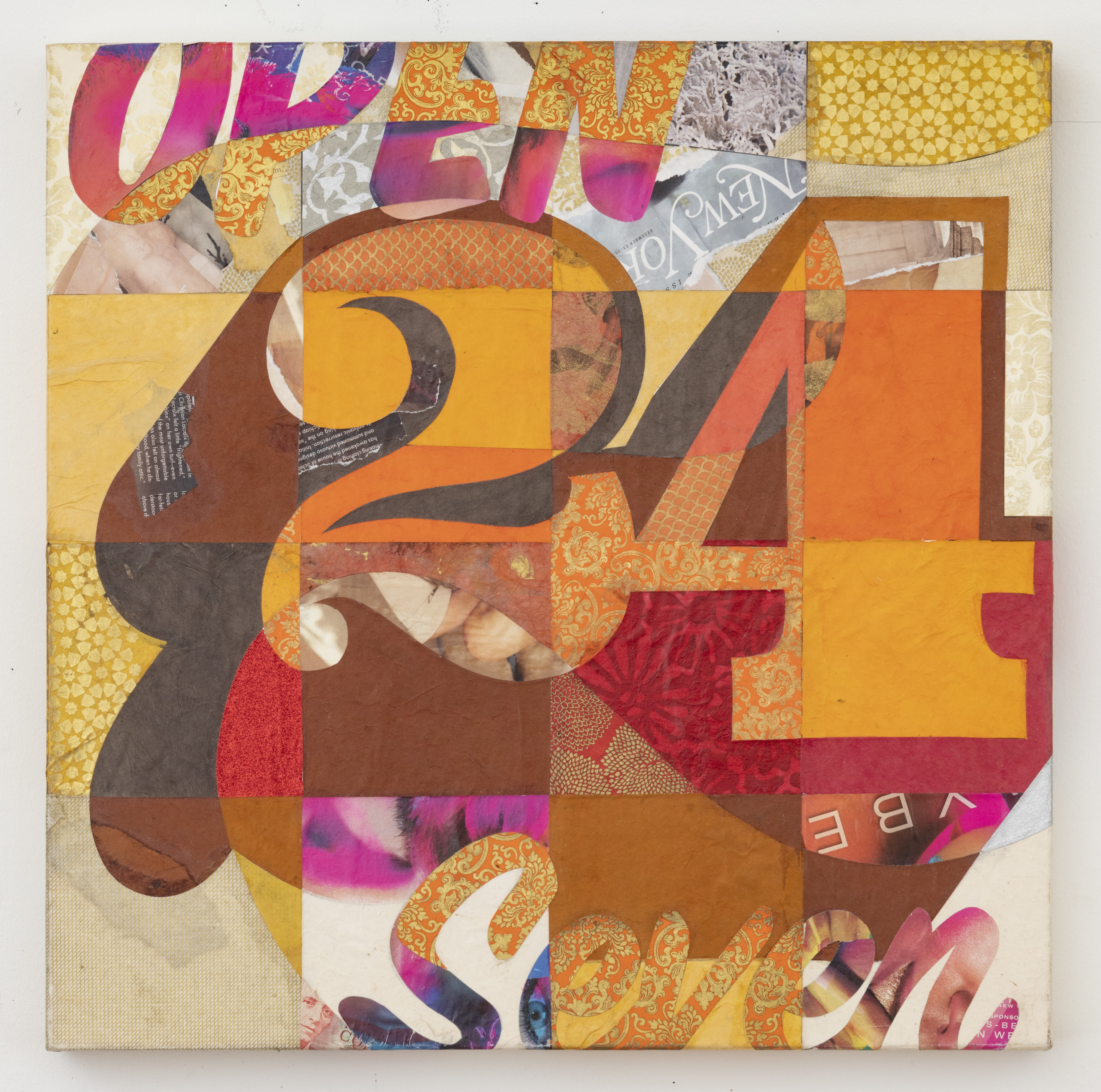
LM: Red Rooster, as you’ve said, is involved in food, music, art, everything. It's played such an important role in the New York food scene. How do you seek to adapt that notoriety to support Black artists, both in your own community now and in the future?
MS: We opened Red Rooster to really broadcast and manifest African American food and talent. There’s a pathway: when you've worked in the kitchen, you then go on and create your own business. Tristen is now the second chef at Red Rooster Miami. Adrienne Cheatham started with us at Red Rooster, now she has her own Sunday Best. Restaurants in a community like Harlem have such an important trampling of talent, and then they go out and conquer the world. I'm glad that Bombay is giving us this opportunity to not only broadcast talent, but also highlight that this is a fun summer. We need that after the year that we came off. People haven’t been social in a long time. I just think that this is a summer where festivals and things slowly are going to come back and it's all going to be outside. It’s exciting.
LM: Coming off the final waves of the pandemic, what has it been like? So much of your work is involved with bringing people together. So what does it mean for you now, coming out of this?
MS: First of all, you have to acknowledge your privilege. It was a shock to all of us who lost loved ones. It impacted us in the restaurant community, but also in America and worldwide. I was fortunate enough to have access to healthcare. For me, it's more about gratitude, and then how do you figure out family and mental health? And then you're going to do the business—we survived, some of my businesses did not, but most of our businesses did. And then it's about the people that worked in those businesses. And how do you make sure that the crew is good, in terms of hours, but also mentally? And then there are new ideas to consider. Virtual cooking classes were a very small part of what we did before. Now, it's a massive part of how we can broadcast and be engaged. You have to do it with gratitude; look at what we all have been through and then how do we slowly come back and enjoy that moment.
Craving more culture? Sign up to receive the Cultured newsletter, a biweekly guide to what’s new and what’s next in art, architecture, design and more.

